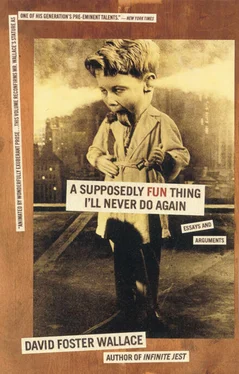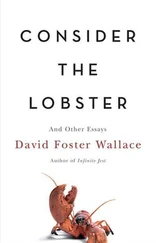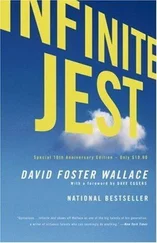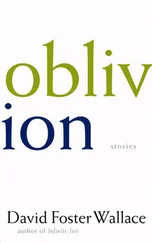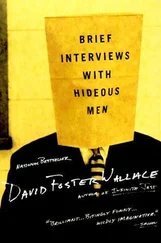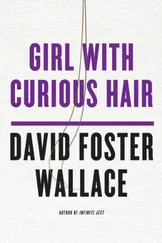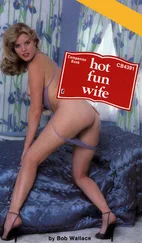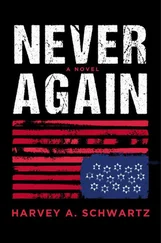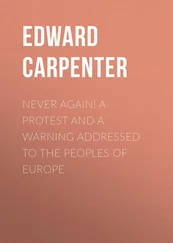And Wilander is here — Mats Wilander, Borg’s heir, top-ten at age eighteen, #1 at 24, now 30 and unranked and trying a comeback after years off the Tour, here cast in the role of the wily old mariner, winning on smarts. Tuesday’s best big-name match is between Wilander and Stefan Edberg, 6228 and Wilander’s own heir 63and now married to Annette Olson, Wilander’s S.O. during his own glory days, which adds a delicious personal cast to the match, which Wilander wins 6–4 in the third. Wilander ends up getting all the way to the semifinals before Agassi beats him as badly as I have ever seen one professional beat another professional, the score being 6–0 6–2 and the match not nearly as close as the score would indicate.
Even more illuminating than watching pro tennis live is watching it with Sam Aparicio, Joyce’s coach, who knows as much about tennis as anybody I’ve talked to and isn’t obnoxious about it. Sam watches a lot of pro matches, scouting stuff for Michael. Watching tennis with him is like watching a movie with somebody who knows a lot about the technical aspects of film: he helps you see things you can’t see alone. It turns out, for example, that there are whole geometric sublevels of strategy in a power-baseline game, all dictated by various P.B.ers’ strengths and weaknesses. A P.B.er depends on being able to hit winners from the baseline. But, as Sam teaches me to see, Michael Chang can usually hit winners only at an acute angle, from either corner. An “inside-out” player like Jim Courier, on the other hand, can hit winners only at obtuse angles, from the center out. Hence canny and well-coached players tend to play Chang “down the middle” and Courier “out wide.” One of the things that makes Agassi so good is that he’s capable of hitting winners from anywhere on the court — he has no geometric restriction. Joyce, too, according to Sam, can hit a winner at any angle. He just doesn’t do it quite as well as Agassi, or as often.
Michael Joyce in close-up person, like eating supper or riding in a courtesy car, looks slighter and younger than he does on-court. From close up he looks his age, which to me is basically a fetus. He’s about 5′9″ and 160; he’s muscular but quietly so, without much definition. He likes to wear old T-shirts and a backwards cap. His hairline is receding in a subtle young-man way that makes his forehead look a little high. I forget whether he wore an earring. Michael Joyce’s interests outside tennis consist mostly of big-budget movies and genre novels of the commercial paperback sort that one reads on planes. In other words, he really has no interests outside tennis. He has a tight and long-standing group of friends back home in LA, but one senses that most of his personal connections have been made via tennis. He’s dated some. It’s impossible to tell whether he’s a virgin. It seems staggering and impossible, but my sense is he might be. Then again, I tended to idealize and distort him, I know, because of how I felt about what he could do on the court. His most revealing sexual comment is made in the context of explaining the odd type of confidence that keeps him from freezing up in a match in front of large crowds or choking on a point when there’s lots of money at stake. 64Joyce, who usually needs to pause about five beats to think before he answers a question, thinks the confidence is partly a matter of temperament and partly a function of hard work:
“If I’m in like a bar, and there’s a really good-looking girl, I might be kind of nervous. But if there’s like a thousand gorgeous girls in the stands when I’m playing, it’s a different story. I’m not nervous then, when I play, because I know what I’m doing. I know what to do out there.” Maybe it’s good to let these be his last quoted words.
Whether or not he ends up in the top ten and a name anybody will know, Michael Joyce will remain a figure of enduring and paradoxical fascination for me. The restrictions on his life have been, in my opinion, grotesque; and in certain ways Joyce himself is a grotesque. But the radical compression of his attention and self has allowed him to become a transcendent practitioner of an art — something few of us get to be. It’s allowed him to visit and test parts of his psyche that most of us do not even know for sure we have, to manifest in concrete form virtues like courage, persistence in the face of pain or exhaustion, performance under wilting scrutiny and pressure.
Michael Joyce is, in other words, a complete man (though in a grotesquely limited way). But he wants more. Not more completeness; he doesn’t think in terms of virtues or transcendence. He wants to be the best, to have his name known, to hold professional trophies over his head as he patiently turns in all four directions for the media. He is an American and he wants to win. He wants this, and he will pay to have it — will pay just to pursue it, let it define him — and will pay with the regretless cheer of a man for whom issues of choice became irrelevant long ago. Already, for Joyce, at 22, it’s too late for anything else: he’s invested too much, is in too deep. I think he’s both lucky and un-. He will say he is happy and mean it. Wish him well.
1995
a supposedly fun thing i’ll never do again
1
Right now it’s Saturday 18 March, and I’m sitting in the extremely full coffee shop of the Fort Lauderdale Airport, killing the four hours between when I had to be off the cruise ship and when my flight to Chicago leaves by trying to summon up a kind of hypnotic sensuous collage of all the stuff I’ve seen and heard and done as a result of the journalistic assignment just ended.
I have seen sucrose beaches and water a very bright blue. I have seen an all-red leisure suit with flared lapels. I have smelled what suntan lotion smells like spread over 21000 pounds of hot flesh. I have been addressed as “Mon” in three different nations. I have watched 500 upscale Americans dance the Electric Slide. I have seen sunsets that looked computer-enhanced and a tropical moon that looked more like a sort of obscenely large and dangling lemon than like the good old stony U.S. moon I’m used to.
I have (very briefly) joined a Conga Line.
I’ve got to say I feel like there’s been a kind of Peter Principle in effect on this assignment. A certain swanky East-Coast magazine approved of the results of sending me to a plain old simple State Fair last year to do a directionless essayish thing. So now I get offered this tropical plum assignment w/ the exact same paucity of direction or angle. But this time there’s this new feeling of pressure: total expenses for the State Fair were $27.00 excluding games of chance. This time Harper ’s has shelled out over $3000 U.S. before seeing pithy sensuous description one. They keep saying — on the phone, Ship-to-Shore, very patiently — not to fret about it. They are sort of disingenuous, I believe, these magazine people. They say all they want is a sort of really big experiential postcard — go, plow the Caribbean in style, come back, say what you’ve seen.
I have seen a lot of really big white ships. I have seen schools of little fish with fins that glow. I have seen a toupee on a thirteen-year-old boy. (The glowing fish liked to swarm between our hull and the cement of the pier whenever we docked.) I have seen the north coast of Jamaica. I have seen and smelled all 145 cats inside the Ernest Hemingway Residence in Key West FL. I now know the difference between straight Bingo and Prize-O, and what it is when a Bingo jackpot “snowballs.” I have seen camcorders that practically required a dolly; I’ve seen fluorescent luggage and fluorescent sunglasses and fluorescent pince-nez and over twenty different makes of rubber thong. I have heard steel drums and eaten conch fritters and watched a woman in silver lamé projectile-vomit inside a glass elevator. I have pointed rhythmically at the ceiling to the 2:4 beat of the exact same disco music I hated pointing at the ceiling to in 1977.
Читать дальше
